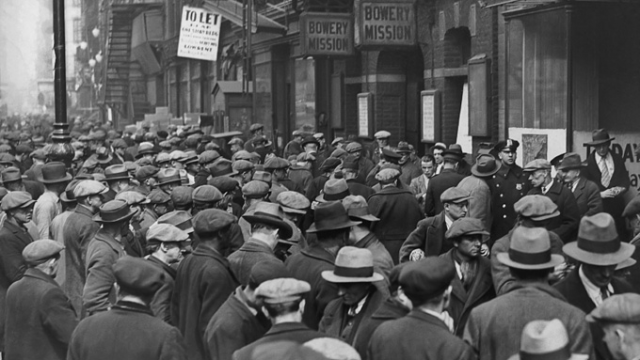Oh, it’s fun designing a city on paper or even redesigning one. At i09, Annalee Newitz has a thought experiment for making over New York: Imagine it all of a sudden becomes a megacity with triple the population and figure out how to make that sustainable. Probably good to practice since the number of New Yorkers will likely head to that stratosphere over the decades, if flooding doesn’t become a recurrent issue. An excerpt from the “Disappearing Streets” section:
“New York City is already one of the most densely-packed urban spaces in the world, with 10,724 people on average per square kilometer. To triple the living spaces here, we’ll need to build up — but we’ll also need to build between. The city could no longer afford to devote so much street space to the products of an already-shaky auto industry, and the city’s grid would change immeasurably. So would the laws that govern it.
For efficiency’s sake, Manhattan would have to retain a couple of the major avenues like Fifth, which cuts through the center of the island. But it would be reserved for trucks delivering food — or taking garbage out. Other streets would be for licensed taxis and services like Uber, while cars belonging to individuals might be routed to the edges of island, or to other boroughs entirely. Getting around in Manhattan would mean taking public transit, or paying dearly to get an Uber.
At the same time, there would be a flowering of pedestrian walkways like Sixth and a Half Avenue, which tunnels through the skyscrapers of midtown in between Sixth and Seventh Aves. As more skyscrapers grew, walkways would also take to the skies in bridges between buildings. To keep the ground-level streets less congested, pedestrians would be invited to walk Broadway from the air, hustling from building to building via a growing network of architectural tissues that would nourish a new sidewalk culture fifteen stories off the ground.
Some of these elevated sidewalks would be classic New York, complete with tar-gummed concrete and jagged nubs of rusted rebar poking out at odd angles. But others would look like high-tech works of art.”
Tags: Annalee Newitz

